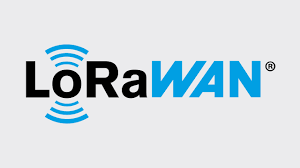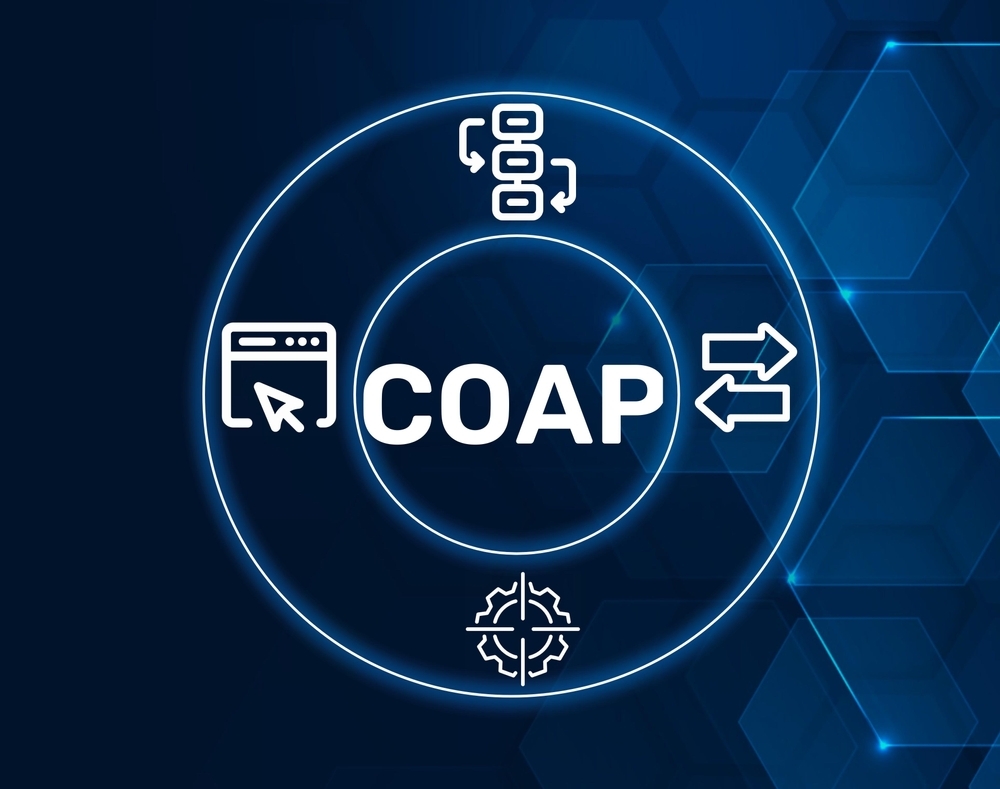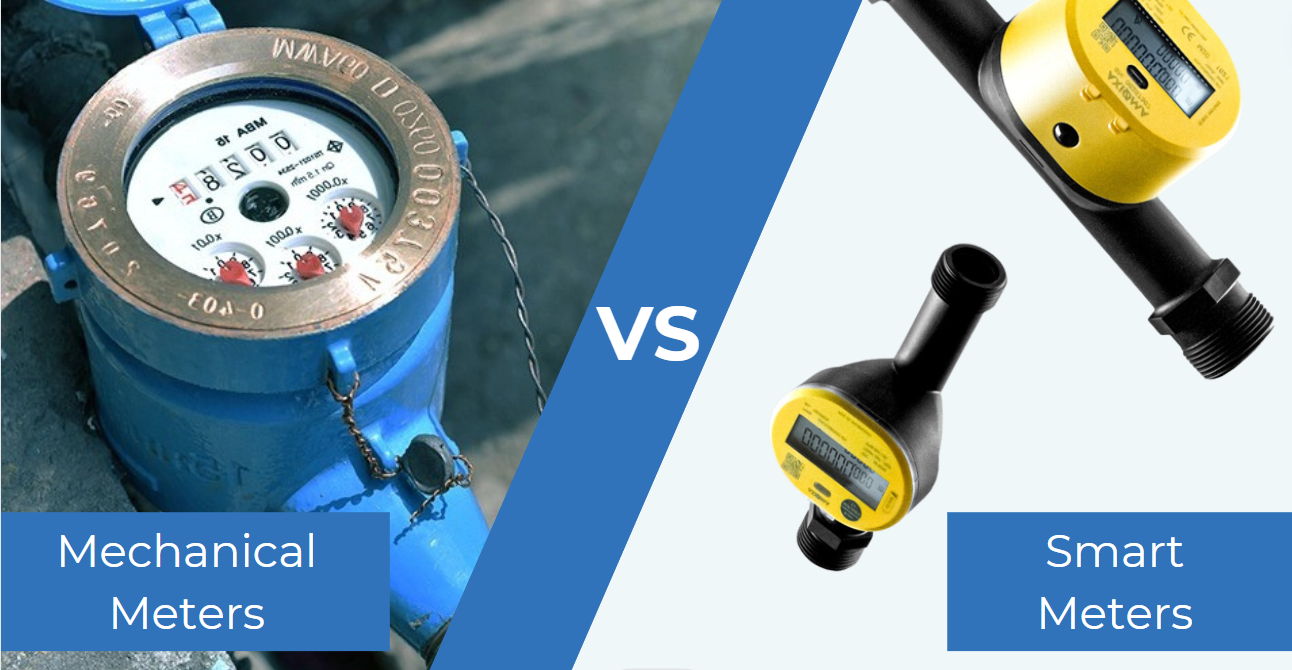Introduction
The Internet of Things (IoT) is no longer a futuristic concept—it is the backbone of the digital transformation happening across industries, cities, and households. From connected cars and smart meters to predictive maintenance and digital healthcare, billions of IoT devices are being deployed worldwide. But to function effectively, every IoT device requires reliable connectivity. This is where technologies like LoRaWAN and IoT SIM cards come into play.
Both LoRaWAN (Long Range Wide Area Network) and IoT SIM cards (cellular-based connectivity for machine-to-machine communication) serve as powerful tools for enabling devices to communicate over long distances with low power consumption. While LoRaWAN is a dedicated LPWAN (Low Power Wide Area Network) protocol optimized for ultra-low power, unlicensed spectrum deployments, IoT SIM cards leverage global cellular infrastructure—2G, 3G, 4G, LTE-M, and NB-IoT—to provide ubiquitous coverage and secure connections.
In this blog, we will explore:
- The fundamentals of LoRaWAN
- The role of IoT SIM cards in global connectivity
- A detailed comparison between LoRaWAN and IoT SIMs
- The core value each brings to IoT ecosystems
- Use cases, benefits, and limitations of both
- How businesses can choose the right IoT connectivity strategy
By the end, you will have a comprehensive understanding of where LoRaWAN and IoT SIM cards fit into the IoT connectivity landscape.
What is LoRaWAN?
LoRaWAN is a communication protocol built on LoRa (Long Range) modulation technology. Designed specifically for IoT devices, LoRaWAN enables long-distance communication while consuming very little energy. Unlike Wi-Fi or Bluetooth, which are limited in range and power efficiency, LoRaWAN is optimized for low-bandwidth, infrequent data transmissions across kilometers of distance.
Key Features of LoRaWAN:
- Long Range: LoRaWAN can reach up to 10-15 kilometers in rural areas and 2-5 kilometers in urban environments.
- Low Power Consumption: IoT sensors can run for years on a single battery, making LoRaWAN ideal for deployments with limited access to electricity.
- Low Bandwidth: Supports small data packets—perfect for IoT sensors transmitting telemetry, not for streaming video or high data use.
- License-Free Spectrum: Operates in unlicensed ISM bands (e.g., 868 MHz in Europe, 915 MHz in the U.S.), reducing costs.
- Scalability: Networks can handle millions of devices with appropriate infrastructure.
Use Cases of LoRaWAN:
- Smart Agriculture: Soil moisture sensors, weather monitoring stations, livestock tracking.
- Smart Cities: Waste management, parking sensors, streetlight monitoring.
- Industrial IoT: Predictive maintenance, pipeline monitoring, warehouse tracking.
- Environmental Monitoring: Air quality sensors, water level detection, forest fire detection.
LoRaWAN shines in scenarios where low power and long-range coverage are more important than high data throughput.
What are IoT SIM Cards?
An IoT SIM card is a specialized SIM card that connects IoT devices to cellular networks. Unlike consumer SIM cards in smartphones, IoT SIMs are designed for machine-to-machine (M2M) communication. They provide secure, reliable, and scalable connectivity across a wide range of cellular technologies, including 2G, 3G, 4G, LTE-M, and NB-IoT.
Key Features of IoT SIM Cards:
- Global Coverage: IoT SIMs often support multiple carriers, enabling seamless international roaming.
- Secure Connectivity: Encrypted connections and private APNs protect device data.
- Scalable Management: Centralized platforms allow businesses to manage thousands of SIMs, monitor data usage, and control costs.
- Multi-Network Redundancy: Some IoT SIMs switch between networks to avoid downtime.
- Broad Use Cases: From high-data devices like connected cameras to ultra-low bandwidth devices like smart meters.
Use Cases of IoT SIM Cards:
- Connected Vehicles: Telematics, fleet management, EV charging infrastructure.
- Healthcare: Remote patient monitoring, connected medical devices.
- Retail: Point-of-sale systems, smart vending machines.
- Energy & Utilities: Smart meters, grid monitoring.
- Logistics: Asset tracking, cold-chain monitoring.
IoT SIM cards excel when reliability, global reach, and higher data demands are required.
LoRaWAN vs IoT SIM Cards: A Detailed Comparison
Both technologies are pillars of IoT connectivity, but they solve different problems. Let’s compare them across multiple dimensions:
| Feature | LoRaWAN | IoT SIM Cards |
|---|---|---|
| Coverage | Long-range, but requires local gateways | Global coverage via cellular networks |
| Power Efficiency | Extremely low power (devices last years on battery) | Higher power needs compared to LoRaWAN |
| Data Bandwidth | Very low (bytes to kilobytes) | Low to high (depending on LTE-M, NB-IoT, or 4G) |
| Deployment Cost | Lower (uses unlicensed spectrum, but needs gateways) | Higher per-device connectivity costs |
| Scalability | Millions of devices per network | Scales globally with carrier infrastructure |
| Security | Encrypted but less secure than cellular | Strong security, SIM-based authentication |
| Best Use Cases | Smart sensors, agriculture, cities | Connected cars, healthcare, logistics |
In short:
- LoRaWAN = Best for low-data, battery-powered sensors in local or regional networks.
- IoT SIM cards = Best for mission-critical applications requiring reliable, global, and secure connectivity.
Core Value of LoRaWAN
The core value of LoRaWAN lies in its ability to enable ultra-low power, long-range, and low-cost IoT deployments. Businesses looking to scale thousands of devices with limited infrastructure investment benefit from LoRaWAN.
Advantages:
- Lower operational costs due to unlicensed spectrum.
- Energy efficiency for long-term deployments.
- High scalability for massive IoT applications.
LoRaWAN essentially democratizes IoT by making large-scale deployments affordable and energy-efficient.
Core Value of IoT SIM Cards
The core value of IoT SIM cards is their ubiquitous, secure, and scalable global connectivity. With the backing of existing cellular infrastructure, IoT SIMs provide unparalleled reliability and support for diverse applications, from low-data NB-IoT sensors to high-data LTE devices.
Advantages:
- Global reach for cross-border IoT projects.
- Strong security with carrier-grade encryption.
- Flexibility across different IoT needs, from smart meters to streaming devices.
IoT SIM cards enable enterprise-grade IoT solutions with reliability that unlicensed spectrum technologies cannot match.
How to Choose Between LoRaWAN and IoT SIM Cards
When deciding between the two, consider:
- Data Requirements: Low-bandwidth telemetry? Choose LoRaWAN. High-bandwidth data? Choose IoT SIM.
- Power Constraints: Devices running on batteries for years? LoRaWAN is superior.
- Deployment Scale: Global deployment? IoT SIM is the better option.
- Budget: Tight budgets with local coverage needs? LoRaWAN works. Mission-critical investments? IoT SIM is worth it.
Often, hybrid models emerge where businesses deploy LoRaWAN for local sensors and IoT SIMs for mobile or mission-critical devices.
Future of IoT Connectivity: LoRaWAN + IoT SIM Synergy
Rather than competing, LoRaWAN and IoT SIM cards can complement each other. For example, a smart agriculture deployment might use LoRaWAN for field sensors and IoT SIM cards for tractors, drones, or centralized gateways. Similarly, smart cities can leverage LoRaWAN for parking sensors while using IoT SIMs for surveillance cameras and emergency systems.
The future of IoT will be multi-network connectivity, where devices switch between LPWAN, cellular IoT, and even satellite depending on context. This ensures cost-efficiency, reliability, and scalability.
Conclusion
The IoT landscape is vast and diverse, requiring multiple forms of connectivity to meet varying use cases. LoRaWAN and IoT SIM cards are not rivals but allies in this transformation. LoRaWAN delivers cost-effective, energy-efficient connectivity for massive sensor networks, while IoT SIM cards provide global, secure, and reliable coverage for mission-critical applications.
When businesses understand the core value of LoRaWAN and IoT SIM cards, they can design hybrid IoT ecosystems that leverage the strengths of both. Whether it’s smart agriculture, connected healthcare, logistics, or smart cities, the right connectivity choice determines the success and scalability of IoT solutions.
At Zhongyi IoT, we specialize in providing reliable and scalable IoT SIM card solutions that empower businesses to connect their devices globally. Whether you are deploying smart agriculture, industrial IoT, asset tracking, or smart city applications, our IoT connectivity services ensure stable networks, affordable pricing, and secure data transmission. Partner with us to unlock the full potential of IoT and accelerate your digital transformation journey.



